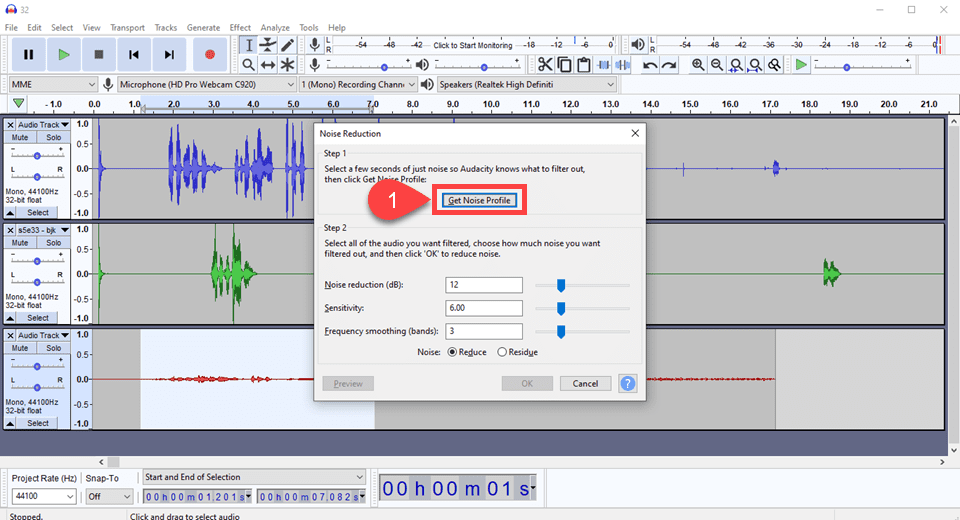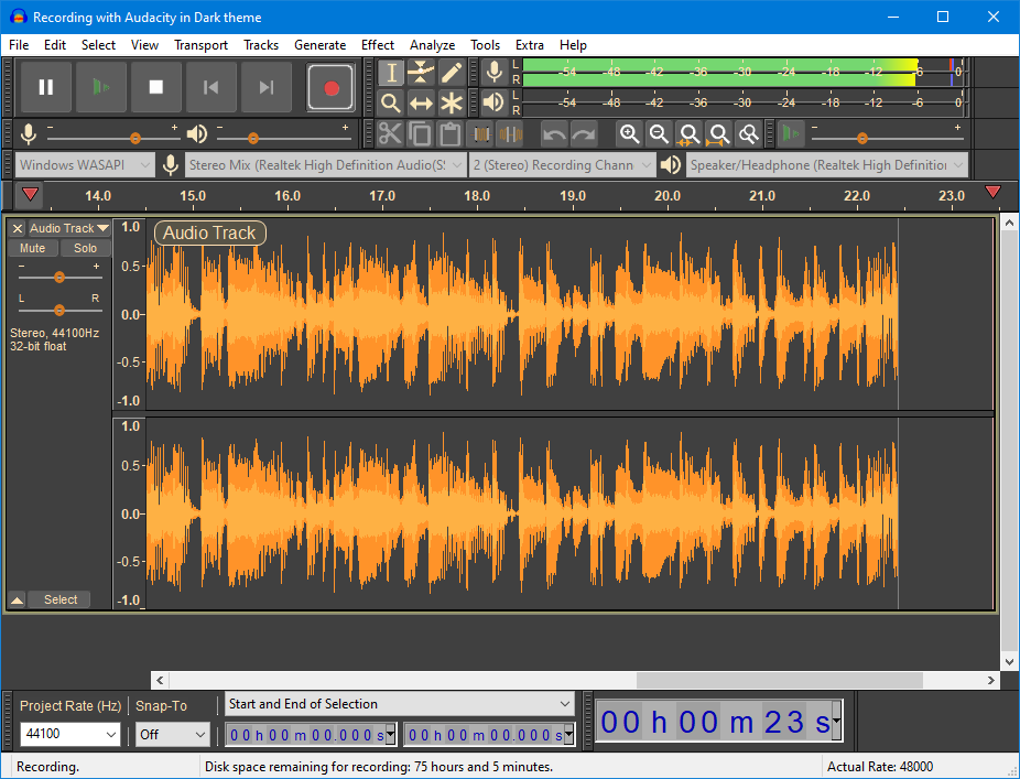

Threshold: the threshold indicates the level at which the limiter applies brick wall compression. Limiters typically have three main controls: threshold, release, and output ceiling. To set a limiter, add it as the last effect on your mastering signal chain and dial in the settings while listening to the loudest part of your track. Strictly speaking, I can tell you this: use true peak whenever you want to make absolutely sure there is no clipping when your audio is run through a D/A converter. Whether or not you want to use true-peak limiting is up to you or your mastering engineer.

On a recent EP I mastered for the artist Peach Face, one tune didn’t take to ISP limiting so well, while another was improved by the addition of the ISP setting on Ozone. Personally, I go on a case-by-case basis, depending on the needs of the client and the needs of the song. I can guarantee that many of your favorite tunes easily clip past 0 dBTP.

Indeed, take your favorite tunes from the last five years and put them through iZotope RX.

Others don’t even care about true-peak distortion at all. Some would rather lower the output ceiling to ensure nothing got past 0 dBFS than submit a louder master with a true-peak limiter deployed. There is, of course, a more controversial point to make: yes, many mastering engineers use true-peak limiters-but plenty of engineers dislike ISP limiters, claiming their sound affects the material in a deleterious, adverse way. Within the last few years, true-peak technology has become de rigueur for any modern limiter to compete-and many limiters now offer it as a selectable option. For that, you can switch to a mode specifically programmed to catch intersample peaks (commonly referred to as “ISP” or “True Peak”). Some digital limiters aren’t configured, out of the box, for catching the peaks that might occur between digital samples (intersample peaks). Whichever kind of limiter you have, know that it may not protect against clipping, and your metering might not show the clipping unless it’s designed to display these ‘true peaks’. Sometimes this parameter is off-limits to the user. Sometimes you can tweak how far the limiter peers into the distance with a dedicated lookahead parameter. These limiters operate with infinitely high ratios, always implementing a delay in the signal in order to see any peaks coming down the pike. Usually the desired ceiling is somewhere between -1 and -0.3 dBFS-the digital ceiling, beyond which you get distortion. We often call such processors “brickwall limiters,” as their implementation keeps the signal from breaking through a predetermined ceiling (maybe we should call them “brick-ceiling limiters”).


 0 kommentar(er)
0 kommentar(er)
